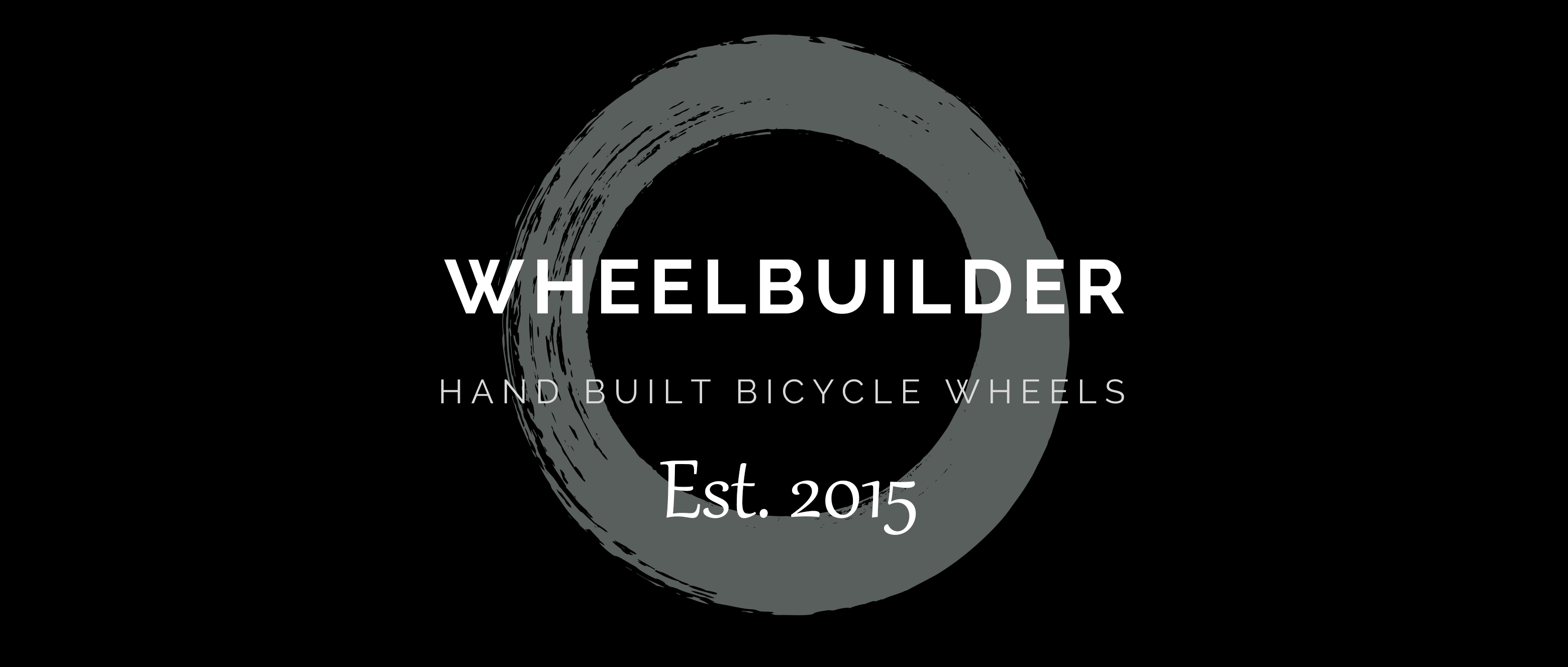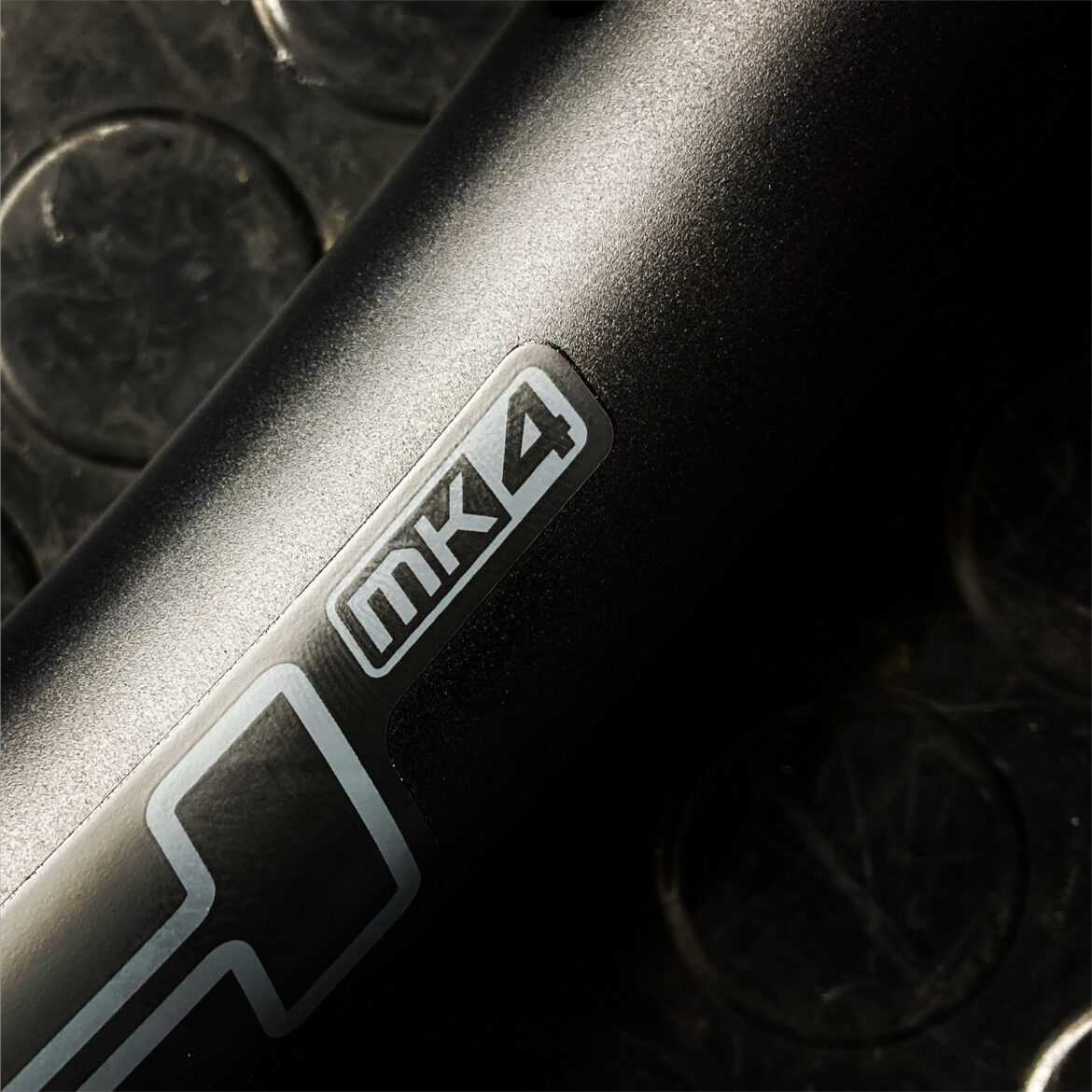Yes, you may have heard about the Crest, Arch and Flow Mk3 range of rims from Stan’s NoTubes cracking at the spoke holes. This did affect many riders, maybe even you personally.
Yes, it sucked.
Yes, the local South African Stan’s agency, Two Wheels Trading, processed literally hundreds of warranty claims. They faced huge challenges, as replacement rims also cracked, and then they faced stock shortages as the world went into a COVID-19 fueled series of lock-downs, and production became patchy, and shipping delays plagued the industry.
Everything is about to change.
Now that we’ve addressed the elephant in the room, let’s look forward towards the light at the end of the tunnel.
Enter Mk4.
At first glance, the most obvious difference between the Mk3 and the Mk4 rims is their shape. The Mk4 rims have an offset spoke bed. AKA an asymmetrical profile.
For a wheel builder like me, this is great – I can use equal length spokes for the drive-side and non-drive-side of the wheel AND the spoke tensions in a finished wheel are much more similar than with a conventional symmetrical rim.
Arch Mk4 first impressions

I got my hands on a set of 32h Arch rims from the first batch to land in South Africa, and promptly laced them up to a set of Cure XC4 hubs (from 13 Industries in KZN).
I wanted to test-build and actually ride the new rims before recommending them to my customers.
With an inner rim width of 28mm, the new Arch rims fall into the sweet-spot of today’s most popular MTB tyre widths, and should work very well with tyres between 2.1″ and 2.5″ – this makes them a sensible choice for most mountain bikers.
The sensible sub-19mm profile height should prevent these rims from feeling too harsh on rough terrain and offer a modicum of radial compliance – something many rim manufacturers (like Spank and South Industries, for example) are engineering into their products these days.
Personally I use a 2.25″ Vittoria Barzo rear and a 2.35″ Vittoria Agarro front tyre on my hardtail mountain bike – ideally suited to these rims.

Build impressions
To build these rims into a set of wheels, I chose to use bladed spokes (for some weight saving) and brass DSN nipples (for durability and more precise spoke tension adjustment with the rear drive)
When looking critically at rims from a wheel builder’s perspective, there are a few things I try and take note of:
- The overall quality of workmanship of the rim – the presence or absence of alloy scraps inside the rim cavity from spoke hole drilling, for instance, as well as the uniformity of the rim joint
- The quality and consistency of the surface finishing – this includes how scratch-resistant the surface is (it’s easy for the threaded ends of the spokes to scratch the rims during lacing, if one isn’t careful)
- How easily the wheel comes together – some rims are very sensitive to fine spoke tension adjustments, which make final truing of the wheel tedious (the 1st generation of NoTubes Crest rims fell into this category as they were very light and flimsy)
Overall, nothing really stood out to me while building these wheels, which is a good thing. There was no drama. No issues. They came up to final tension quickly and easily, and maintaining even spoke tensions was simple and straight forward.
Recommended maximum spoke tension is 130kgf, more or less in line with most other alloy rims.
I’m also impressed with the smooth, satin finish of these rims. I believe Stan’s got that part spot-on.
As one expects from Stan’s, the tubeless experience was a pleasant one as well.
I tend not to use the Stan’s yellow tubeless tape, and prefer a black or blue fiber-based tape which is softer and more forgiving during installation. It’s also cheaper. (this being important as I use large quantities of tubeless rim tape – every wheel I build gets a couple of layers)
After giving each rim 2 layers of tape and installing the valves, I half-mounted the tyres, poured in some (genuine) Stan’s sealant, finished mounting the tyres (with my trusty green Crowbar tyre levers) and attached the head of my track pump.
Within 2 strokes of the pump handle, the tyres held air. The tyres seated and sealed completely, with a satisfying series of pops, long before 2 bar pressure was reached. No mess, no fuss.
The ride
What you want from a set of wheels, while riding, is to forget about them. Right?
I don’t want to babysit my wheels either, or worry that they’ll break.
After a few small tyre pressure adjustments, to find the sweet-spot between rolling resistance, comfort and traction, I’ve been able to do just that. Forget about them while riding.
I’ve given them some jumps and drops, some rocks and gravel road corrugations and haven’t exposed any weaknesses. Spoke tensions haven’t changed and the rims are running true. So far so good.
Compared to my previous set of wheels, 30mm inner width Spank 345 rims on Hope hubs, these Arch Mk4 rims on Cure hubs save about 150g across the wheelset. They feel responsive but solid. They climb well enough (plenty of elevation gain where I live and ride) and haven’t affected my confidence on sketchy technical descents.
Weight weeny?
Coming in at 481g per 29″ rim, these are light enough to be acceptable to all but the most weight-weenie of racers – perfect for most trail bike riders.
The Arch Mk4 rim stands alone in the 28mm inner width trail rim class (the Spank Spike Race 33 which is a DH / Enduro-focused rim also has a 28mm inner width and a 525g rim weight in 29″ size), but compare well against the similar but more expensive DT Swiss XM481 (30mm inner width and 465g claimed weight which sell for around R2500 each)
Have I mentioned how nice I think they look, in stealthy monochrome? I do. I think they look great.
Want to add a splash of colour? Get yours laced to a set of anodized hubs, or use anodized alloy nipples – I added a blue nipple on either side of the valve – because I can.
Or get some Hope floating rotors that match your bike 🙂
When can you get some?
That’s the question on everyone’s lips these days. All 29er alloy MTB rims are like hen’s teeth at time of writing.
The good news is that more stock is en route to our shores and should arrive by the end of November 2021, and you should expect to pay around, or just over, R2000 per rim.
Just in time to get some wheels built up before Christmas.


No responses yet